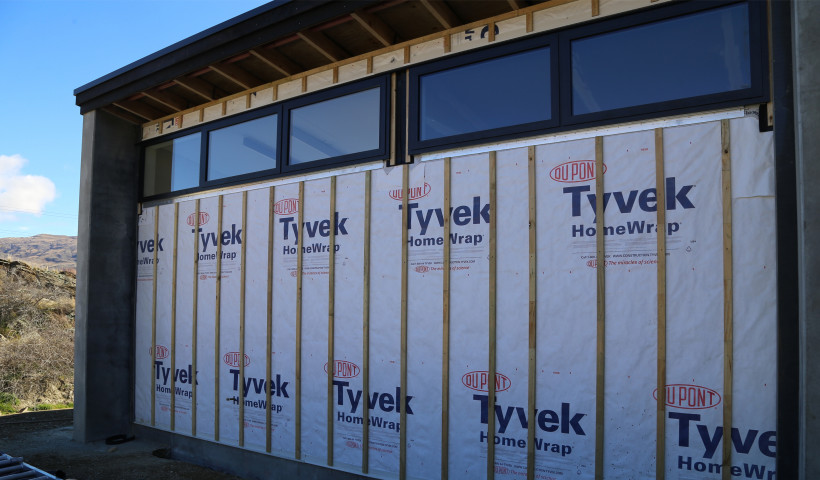
In living and working spaces, creating moisture (and the need to manage it) is inevitable. The building envelope is exposed to moisture in its various forms: liquid water, air-driven, or unseen moisture vapour. All forms can cause serious damage and lead to an unhealthy environment for both the building structure and the inhabitants.
The external cladding acts as the primary weather screen and the underlay acts as a barrier keeping out water from minor leaks and windblown moisture, whilst allowing internally generated moisture to dry out.
DuPont created DuPont Tyvek HomeWrap to have the optimum balance of properties for superior performance against the elements. When choosing DuPont Tyvek HomeWrap, architects can be assured they are using a leading brand of wall underlays.
A water-resistant barrier is a home’s main protection against the damaging effects of the elements. The optimal water-resistant barrier must include four key properties:
- Air resistance to help prevent the flow of air through wall cavities and reduce draughts
- Moisture resistance to help protect the wall cavity from water that gets behind the cladding
- Moisture vapour permeability to promote drying of wall systems
- Durability to withstand the rigours of the construction site and to continue performing once construction is completed
A balance of these four properties is crucial in helping to maintain the protection, comfort and efficiency of a home.
Air penetration resistance
One basic function of a wall underlay is to help insulation maintain its R-value by keeping air from infiltrating the wall system. The ability of a wall underlay in helping to prevent air infiltration directly relates to the energy costs of heating and cooling a home. Many wall underlays fail to meet the basic air barrier requirement of ≥0.1 MNs/m³. The high air resistance level of DuPont Tyvek HomeWrap allows insulation to be more effective, helping to lower energy costs.
Bulk water hold-out and vapour permeability
The building industry continues to face challenges with moisture-related issues resulting from wall systems that failed to manage the incidental moisture that enters and cannot escape a wall cavity. High bulk water resistance and high drying potential are key components of creating the optimal wall system. DuPont Tyvek HomeWrap has a high resistance to bulk water penetration, helping to reduce the damaging effects of moisture penetration.
At the same time, the high Moisture Vapour Transmission Rate (MVTR) of DuPont Tyvek HomeWrap ensures that water vapour does not linger in the walls but passes to the outside where it belongs. A wall underlay should have a high perm rating so that the natural ability of a wall system to dry out is not impeded. The excellent moisture vapour permeability of DuPont Tyvek HomeWrap helps prevent moisture accumulation in walls which can lead to the formation of mould, mildew, and wood rot.
Durability
DuPont Tyvek HomeWrap provides excellent tear strength and good wet strength combined with a superior UV resistance of 120 days. Conscientious builders choose DuPont Tyvek HomeWrap over any other product because it withstands the rigours of the construction site and offers an easy solution to protect the homes they build from the harmful effects of the elements once construction is completed.
DuPont Tyvek HomeWrap is one of the world’s leading house wraps, with more than 25 years performance on millions of homes.













 Case Studies
Case Studies








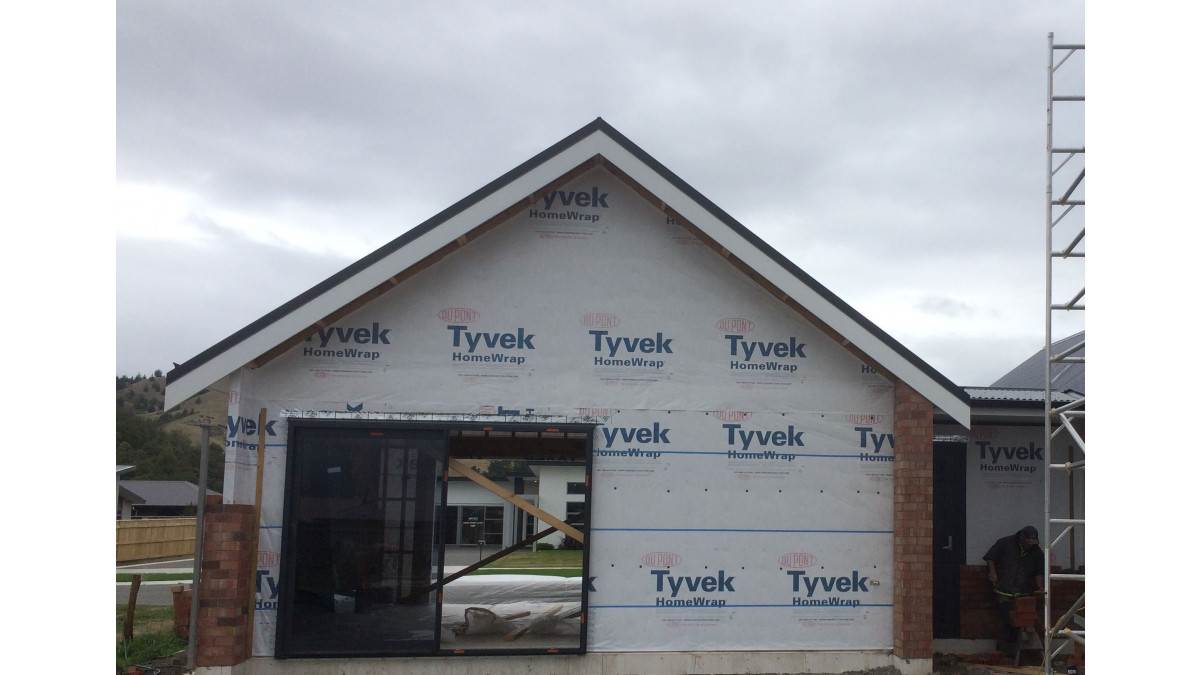
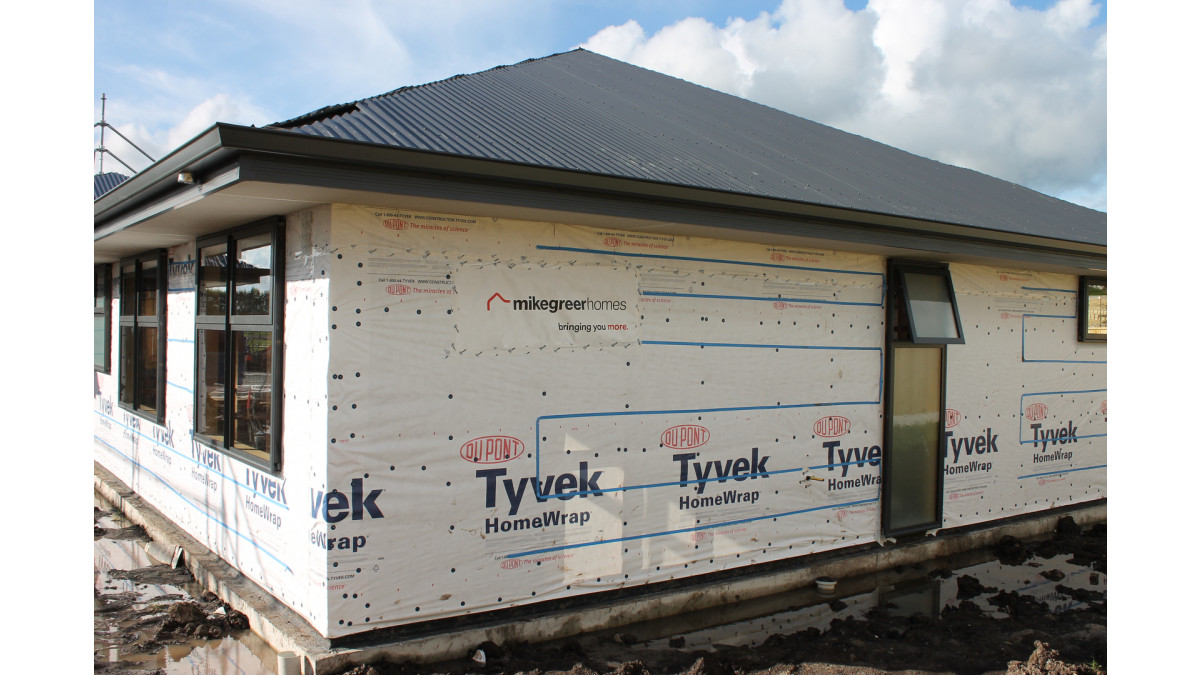


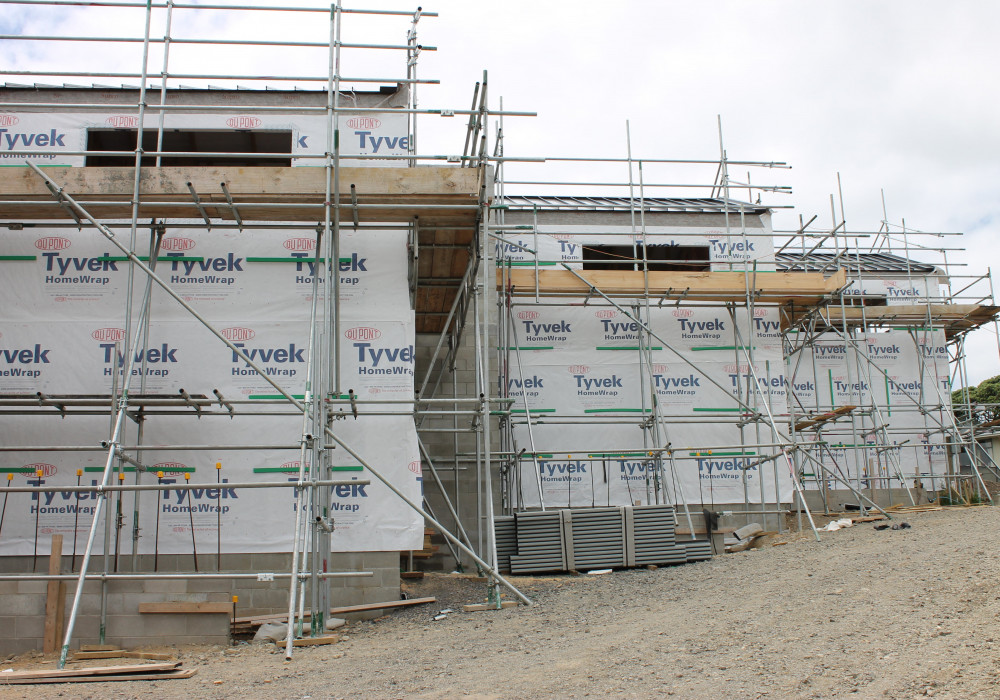

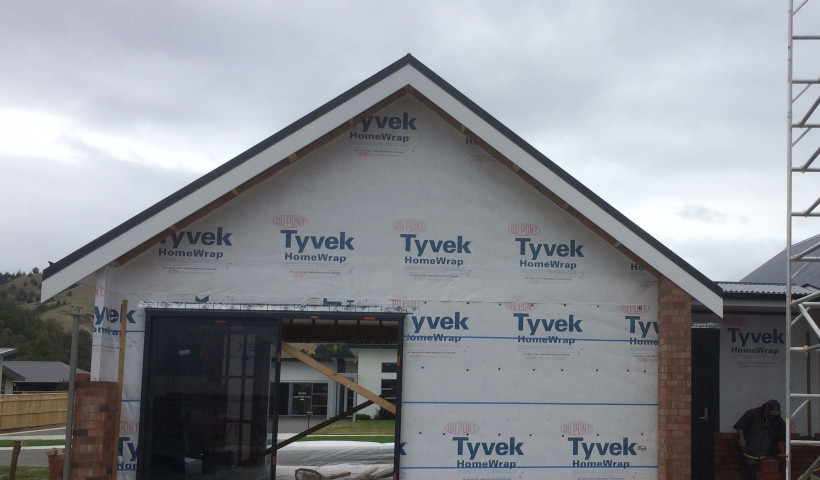
 Popular Products from Tyvek
Popular Products from Tyvek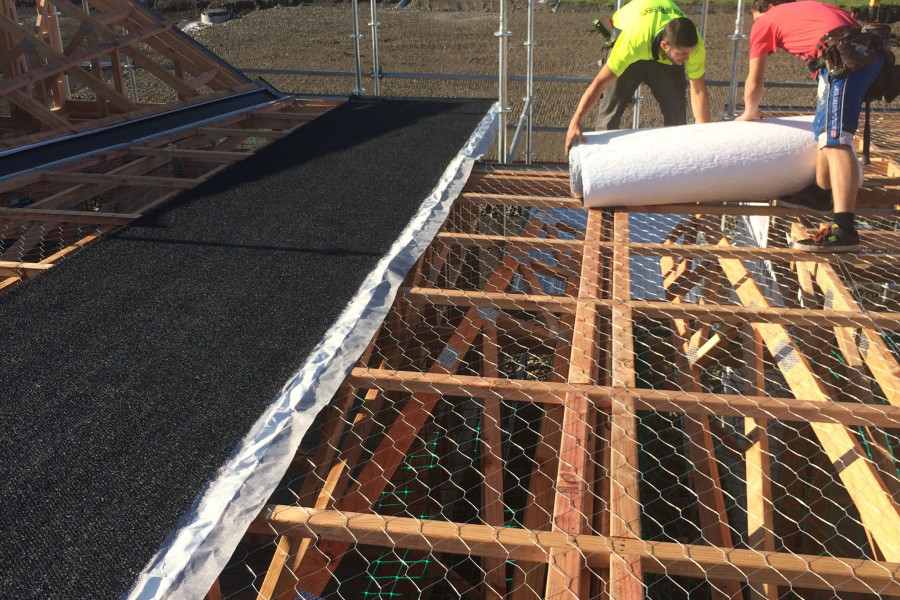
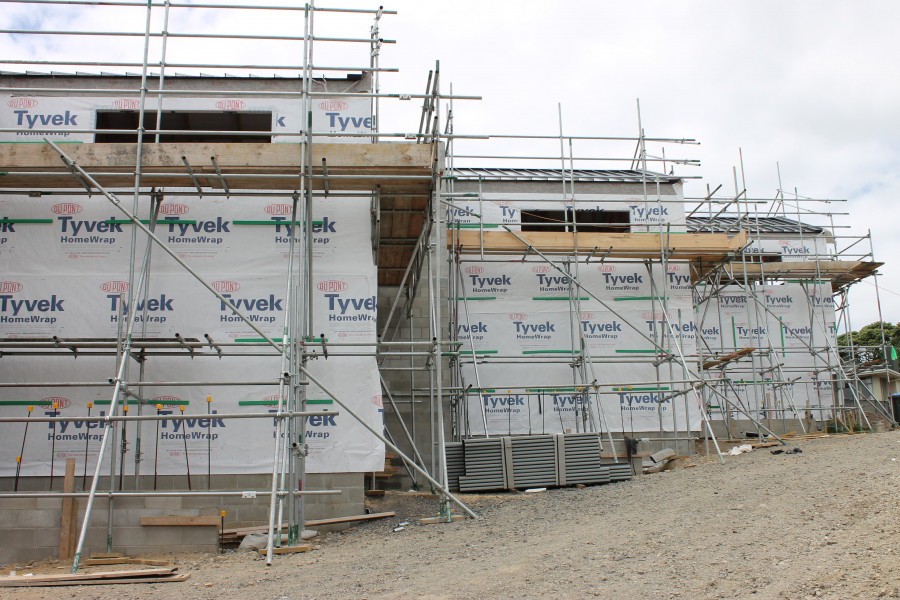
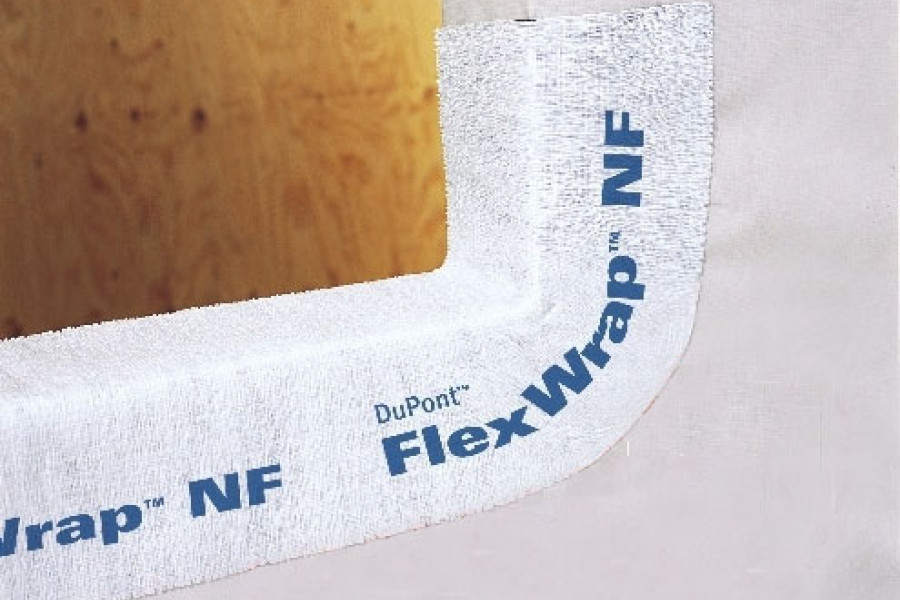
 Most Popular
Most Popular


 Popular Blog Posts
Popular Blog Posts